Table of Contents
Walking into a tattoo shop, you see countless designs. Among the flash sheets and custom sketches, tribal patterns often stand out. Maybe you've seen them on friends, athletes, or even in movies, and thought, "What's the deal with those?" You're not alone. People are drawn to tribal tattoo designs for a lot of reasons – the bold lines, the intricate patterns, the sheer visual power. But scratch beneath the surface, and you find these aren't just random cool shapes. They carry history, culture, and often deep personal meaning for those who wear them. This article dives into the world of tribal tattoo designs, exploring where they came from, what they represent, and how to navigate the process if you're considering one yourself. Forget the generic flash; there's a story woven into every line and curve of authentic tribal art. Let's figure out what that story is.
Unpacking the Roots: What Are Tribal Tattoo Designs?
Unpacking the Roots: What Are Tribal Tattoo Designs?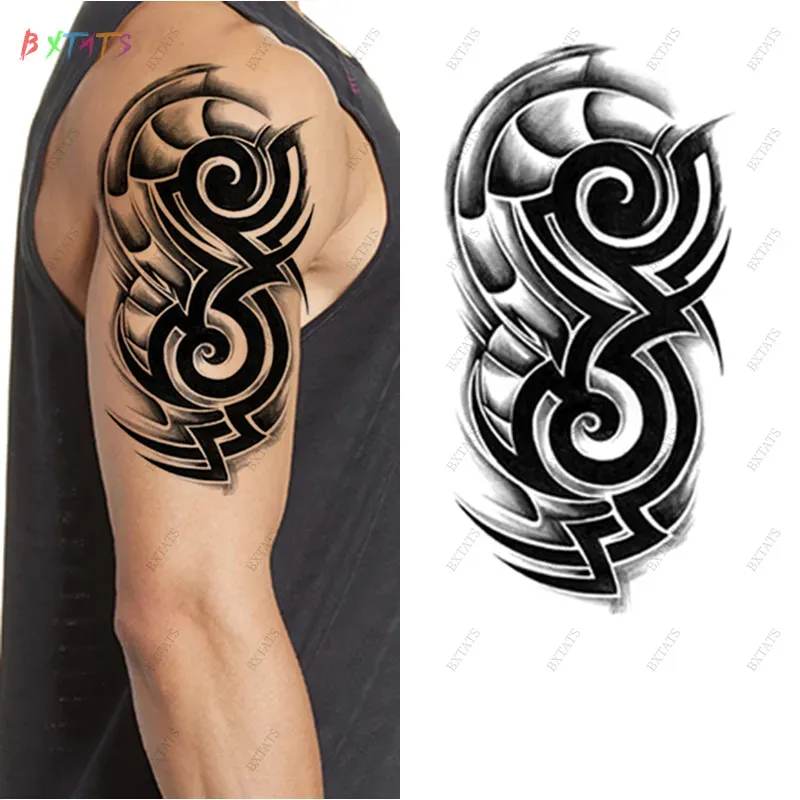
Ancient Markings, Global Origins
When people talk about tribal tattoo designs, they often picture thick black lines and swirling patterns. But the term "tribal" covers a massive range of styles from cultures all over the planet, stretching back thousands of years. We're talking about ancient peoples using ink, or more accurately, pigments and tools like bone combs, to mark their bodies. These weren't just random pictures. These markings served crucial roles within their communities – showing lineage, status, achievements in battle or hunting, spiritual beliefs, or even marking rites of passage. Think of the Maori of New Zealand with their intricate Moko facial tattoos, or the geometric patterns of certain African tribes. Each culture developed its own unique visual language, its own set of symbols and meanings embedded in their tribal tattoo designs.
More Than Just Aesthetics: Purpose and Power
Unlike getting a butterfly on your ankle because it looks pretty (no judgment, just saying), traditional tribal tattoo designs were deeply functional. They were literally woven into the social and spiritual fabric of the community. Getting tattooed was often a painful, significant event, a public declaration of identity or transformation. These designs weren't just applied; they were earned. They could provide spiritual protection, connect the wearer to ancestors or deities, or signify readiness for marriage. The designs themselves were potent symbols, understood by members of the tribe. A specific curve might represent a wave, a certain pattern of dots could signify stars, and combining them told a story unique to the wearer and their place in the world. Modern tribal tattoo designs often borrow the look, but rarely the deep cultural context, which is something to keep in mind.
- Maori (New Zealand): Known for Moko facial tattoos and intricate spirals (Koru).
- Samoan/Polynesian: Bold, geometric patterns covering large body areas, often using straight lines and curves.
- Borneo (Iban): Often depicted animals, plants, and spiritual symbols, with flowy lines.
- Native American: Diverse styles depending on the tribe, sometimes incorporating animal spirits or geometric shapes.
- African: Wide variety of styles, often geometric or scarification-based patterns.
More Than Ink: The Deep Meanings of Tribal Tattoo Designs
More Than Ink: The Deep Meanings of Tribal Tattoo Designs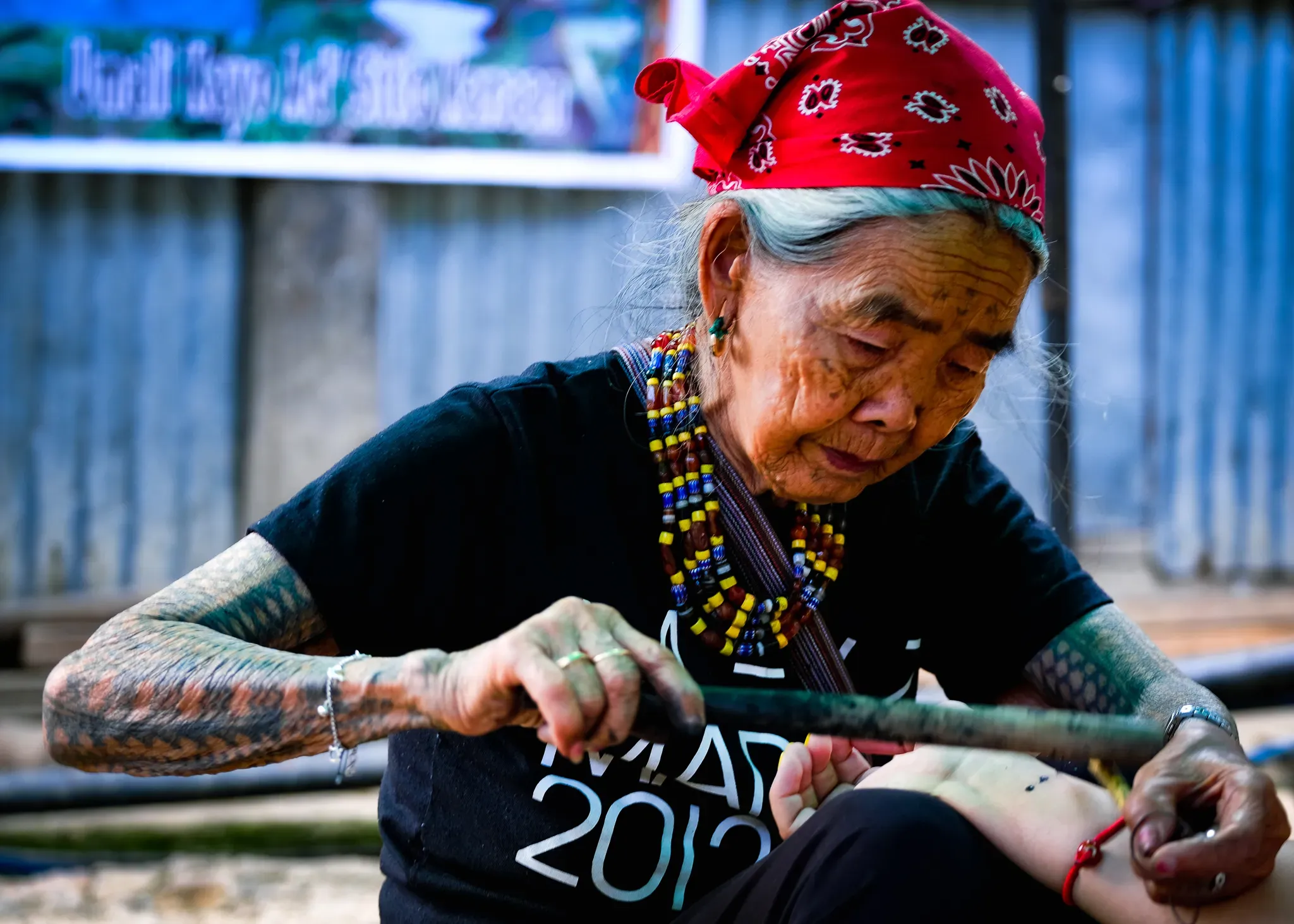
Beyond the Lines: What Symbols Signify
Look closely at traditional tribal tattoo designs, and you'll see they aren't just random swirls and lines. Every element, every curve, every pattern had a purpose. These designs were a language etched onto the skin, communicating complex ideas about identity, status, and the wearer's connection to their world. A specific motif might represent a family lineage, a successful hunt, or a journey across the sea. For example, in Polynesian cultures, certain patterns signified rank within the community or specific skills. In other traditions, animal imagery in tribal tattoo designs wasn't just decorative; it invoked the spirit or characteristics of that animal, offering protection or strength to the wearer. Understanding these specific symbols is key to appreciating the depth of these markings.
Cultural Stories Woven into Skin
The meanings behind tribal tattoo designs are deeply tied to the specific culture they come from. A symbol that means one thing in Samoan tattooing might mean something entirely different, or nothing at all, in a Maori design. The intricate facial tattoos of the Maori, called Moko, told the story of the wearer's ancestry, social standing, and personal history. Each line and pattern was unique, making the Moko a literal map of that individual's life and identity within the tribe. Similarly, the geometric patterns in some African tribal markings could denote passage into adulthood, marital status, or even served as a form of identification. These weren't just pretty pictures; they were vital cultural documents worn on the body.
- Polynesian Marquesan Cross: Represents balance and harmony between elements.
- Maori Koru: Symbolizes new beginnings, growth, and harmony.
- Samoan Pe'a: A complex, full-body tattoo for men signifying lineage and readiness for leadership.
- Borneo Scorpion: Often represents protection and strength.
- Native American Bear Claw: Can signify strength, leadership, or healing.
Respecting the Roots: Meaning in Modern Tribal Tattoo Designs
So, what does this mean if you're considering a tribal tattoo design today? It means doing your homework. Grabbing a cool-looking design off the internet without knowing its origin or meaning can be problematic. Many traditional tribal tattoo designs are considered sacred or hold significant cultural weight within their originating communities. Getting one without understanding or respecting that can be seen as cultural appropriation – taking something important from a culture that isn't yours and using it without context or permission. If you're drawn to the aesthetic, consider working with a tattoo artist who specializes in or deeply understands specific tribal styles, or opt for a design that is *inspired* by tribal art but doesn't directly copy sacred or specific cultural symbols. The goal should be appreciation and respect, not just wearing a cool pattern.
A World of Styles: Exploring Different Tribal Tattoo Designs
A World of Styles: Exploring Different Tribal Tattoo Designs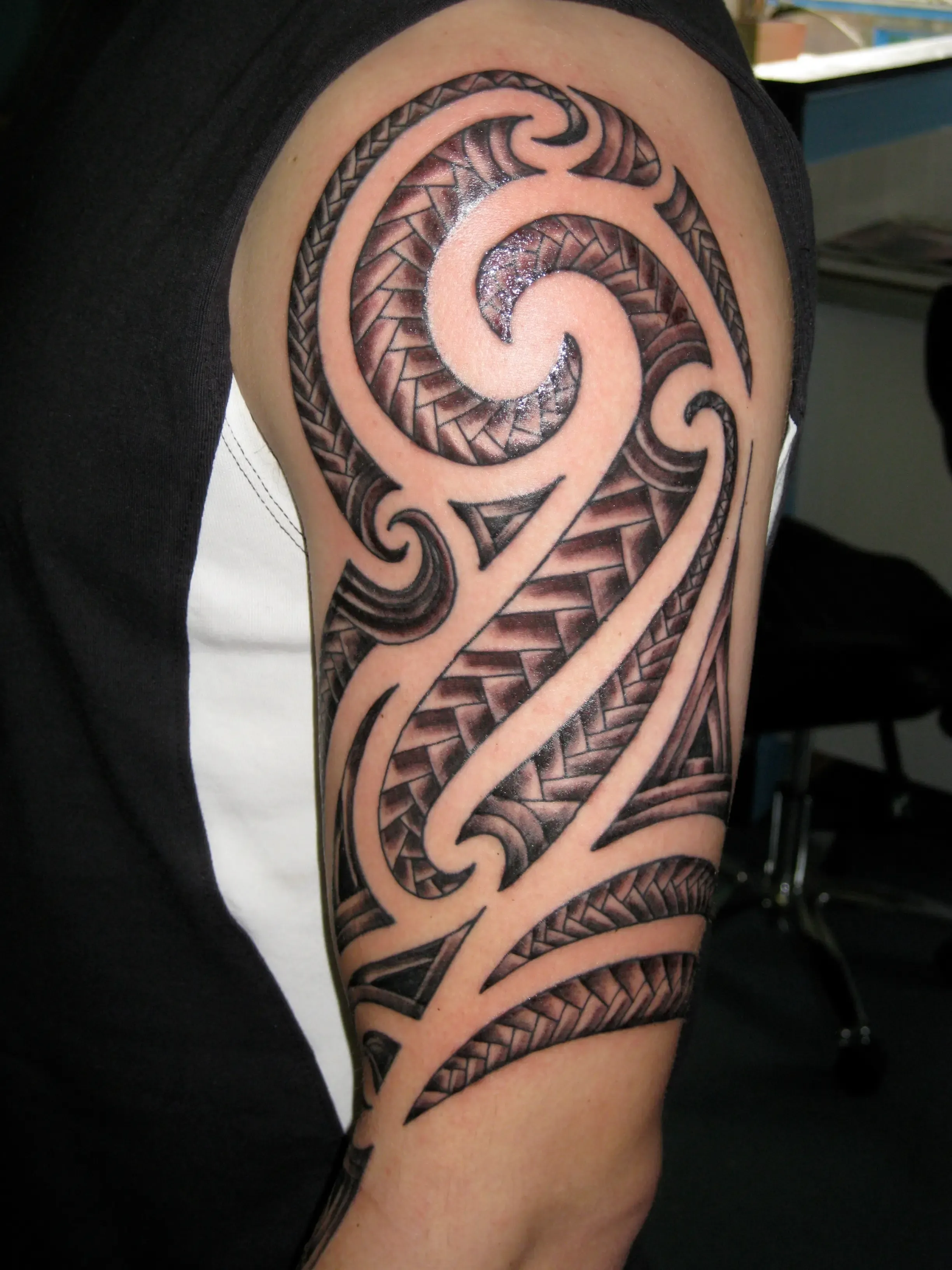
A Global Tapestry of Ink
so when someone says "tribal tattoo," what image pops into your head? For many, it's those thick black bands and sharp points often seen on biceps or shoulders, popularized in the '90s. But that's just *one* interpretation, and often a very simplified one, of Polynesian styles. The reality is that tribal tattoo designs are incredibly diverse, reflecting the hundreds, maybe thousands, of distinct indigenous cultures across the globe that used tattooing. You have the flowing, story-rich lines of the Maori Moko, the bold geometric patterns of Samoan tatau, the intricate, often animal-inspired work from Borneo, and the widely varied symbols and motifs used by different Native American tribes or African communities. Each style is unique, developed over centuries, with its own aesthetic rules and cultural significance.
Placement Matters: Where to Put Your Tribal Tattoo Designs
Placement Matters: Where to Put Your Tribal Tattoo Designs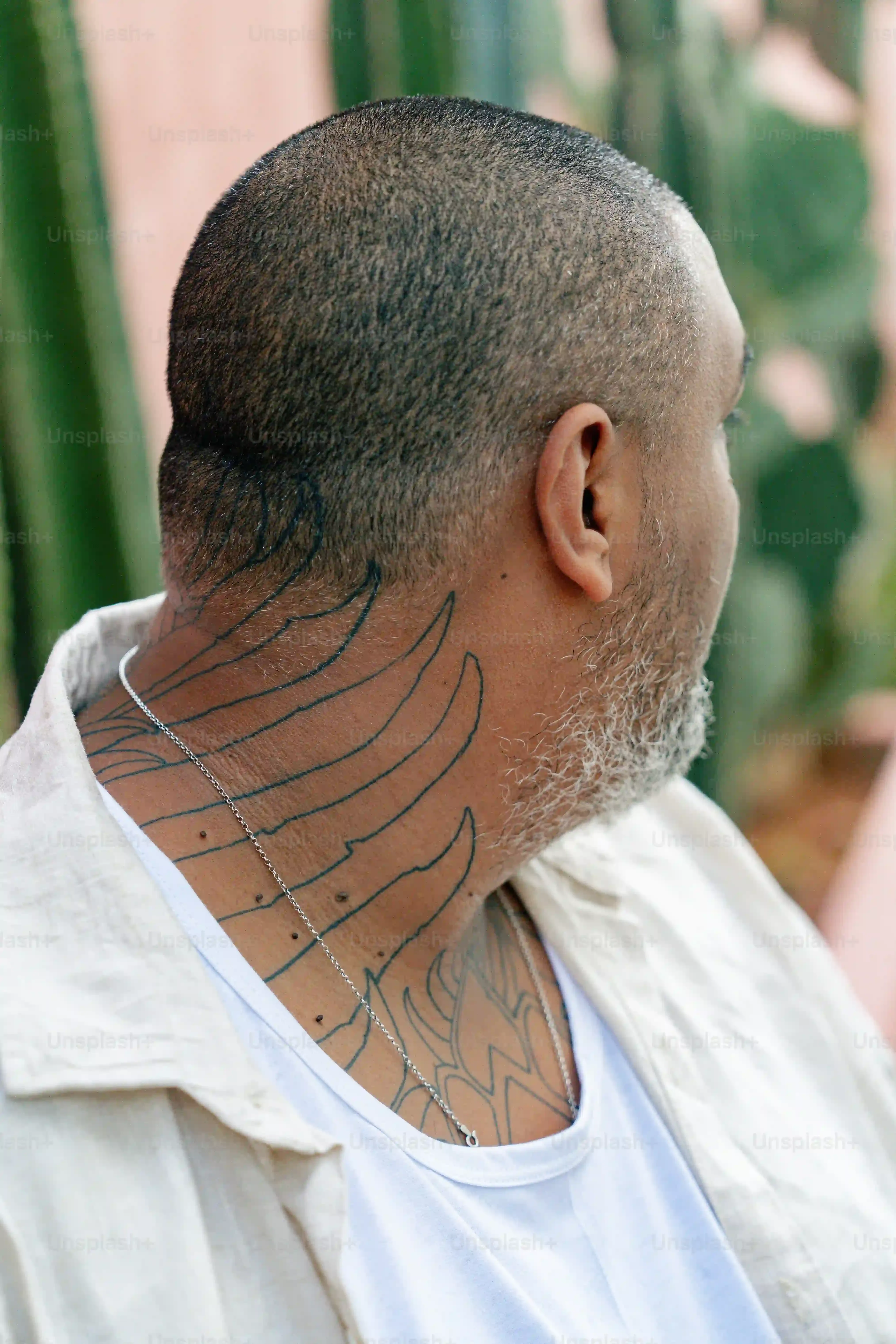
Traditional Canvas: Body as Storyboard
Where a tribal tattoo design went on the body was rarely arbitrary in traditional cultures. Think of the body as a living map, a canvas telling a story. Facial tattoos, like the Maori Moko, were incredibly significant, displaying lineage and social status for all to see. Arm tattoos often marked warriors or hunters, showcasing strength and accomplishments. Leg designs could signify journeys or connection to the land. The placement was part of the design's meaning and power. It wasn't about looking cool for the beach; it was about declaring who you were and your place in the community. The body itself dictated the flow and structure of the tribal tattoo designs, making them fit the curves and musculature in a way that felt organic and powerful.
Modern Considerations: Fit and Flow
Fast forward to today, and while the deep traditional meanings of placement might not apply directly to a non-indigenous person, how a tribal tattoo design fits the body is still crucial. A good design works *with* your anatomy, not against it. Large, flowing patterns look fantastic on broad areas like the back, chest, or shoulder blades. Sleeves are popular for intricate tribal tattoo designs because they allow for a continuous narrative or complex interplay of patterns wrapping around the arm. Smaller, more focused designs might work well on calves, forearms, or even the neck. A skilled artist will help you choose a design and placement that complements your physique and ensures the tattoo flows naturally, looking like it belongs there, rather than just being stuck on. It's about making the design feel integrated with your body, much like the originals were integrated with identity.
Body Part | Potential Fit for Tribal Tattoo Designs | Modern Consideration |
|---|---|---|
Full Back | Large, complex narratives, bold patterns | High visibility when shirtless, requires significant time/cost |
Sleeve (Arm/Leg) | Flowing patterns, interconnected motifs | Highly visible, follows muscle lines well |
Chest/Pec | Symmetrical designs, powerful central pieces | Can be extended into shoulder/sleeve, good for bold statements |
Calf/Forearm | Vertical designs, wrap-around patterns | Moderately visible, less painful than bony areas |
Getting It Right: Designing and Caring for Your Tribal Tattoo
Getting It Right: Designing and Caring for Your Tribal Tattoo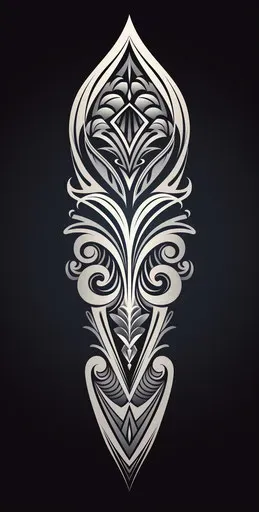
From Concept to Canvas: Making Your Tribal Tattoo Designs a Reality
Alright, so you've thought about the history, the meaning, and the styles, and you're still set on getting one of these powerful tribal tattoo designs. Good. The next step isn't just walking into the nearest shop and pointing at a picture. It's about finding an artist who actually knows what they're doing with this specific style. Not every artist is skilled in the bold lines and intricate patterns required for good tribal work, especially if you're aiming for something inspired by a particular cultural tradition. Talk to artists, look at their portfolios – specifically their tribal or blackwork pieces. A good artist will not only execute the design cleanly but might also offer insights into how the pattern will sit on your body and age over time. Don't rush this part; a great design poorly applied is just a permanent disappointment.
- Research artists specializing in tribal or blackwork.
- View their portfolio for examples of tribal tattoo designs.
- Discuss your ideas and the design's flow on your body.
- Ask about their understanding of the design's potential origins (if applicable).
- Don't let price be the only factor in your decision.
More Than Skin Deep: Final Thoughts on Tribal Tattoo Designs
Choosing a tribal tattoo design is a step into a rich, complex world. It’s not just about picking a cool pattern; it’s about understanding the history, the cultural weight, and the personal connection you seek. Whether you're drawn to the flowing lines of Polynesian art, the stark geometry of African symbols, or the powerful imagery of Native American motifs, each style carries generations of meaning. Getting one requires careful consideration, from researching the specific traditions to finding an artist who respects the art form. These designs are permanent markers, and while they look impressive, their true value lies in the stories they tell – stories of heritage, identity, and resilience etched into the skin.